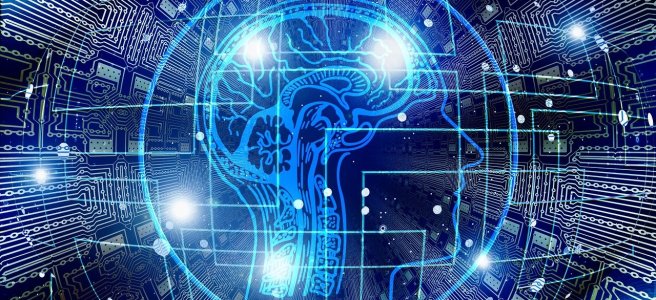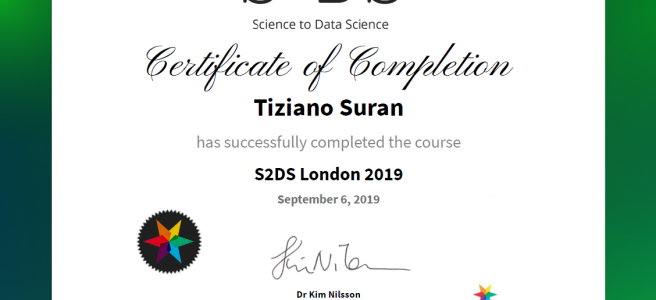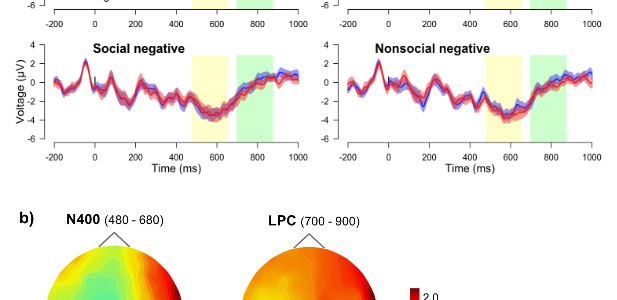Cognitive Neuroscience aims to establish links between brain activity and behavior, but with limited resources, experiments rely on sample data to draw conclusions. However, even with careful analysis, there is always a risk of Type I errors, where significant patterns may appear by chance. This blog post delves into the significance threshold, p-values, and the pitfalls researchers face, shedding light on how data preprocessing can inadvertently amplify the chances of false discoveries in neuroscience research.
Personaggi italiani noti di Istria, Quarnero e Dalmazia
Condivido una pagina interattiva realizzata in collaborazione con Mosaico Istriano e con il Consiglio della minoranza nazionale italiana autoctona della Regione istriana. Partendo da un database di 2.2 milioni di persone notabili nate tra il 3500 aC al 2018, e alla base di uno studio pubblicato sulla rivista Nature il 9 giugno 2022 (guarda caso, … Continue reading Personaggi italiani noti di Istria, Quarnero e Dalmazia
The Data Science training in Cognitive Neuroscience research
While completing a graduate program opens the doors towards an academic career, many prefer to take their skills to the private sector, attracted by exciting new problems to tackle and sometimes also by better career prospects. Lately, one of the most sought after paths for such profiles is that of the Data Scientist. However, not … Continue reading The Data Science training in Cognitive Neuroscience research
6 motivi per studiare a Trieste dopo le superiori in Istria
Ariva per tuti i giovani istriani el momento de sceglier cosa far dopo el diploma. Tra le tante domande che un se fa xe se andar a studiar avanti o no, cosa studiar, ma anche dove studiar. Nel 2010 me le son fatte mi ste domande, e tornando indrio, se xe qualcosa che cambieria, de sicuro non xe el dove. E cusi, a distanza de circa 10 anni, ve conto perché penso che per i giovani istriani Trieste xe ancora una otima scelta.
Beyond the expression of nihilism in Black Metal
At the start of the pandemic, came across an online academic conference on Black Metal, genre that I find really powerful, deep and enjoyable (ofc, if you pick the right artists). So I decided to give it a shot at writing a piece combining my psychological background and personal interpretation, and got accepted! So, for … Continue reading Beyond the expression of nihilism in Black Metal
Cognitive neuroscience in Olympic shooting
Becoming an Olympic athlete requires countless hours of daily practice to master every single aspect of one’s discipline. This can make even the most difficult movements become automatic, leading to an excellent performance without much cognitive effort. Though imperceptible to the eyes of an external observer, the sportsman often oscillates between an effortless automatic state … Continue reading Cognitive neuroscience in Olympic shooting
Science to Data Science (S2DS) in London
S2DS is Europe’s largest data science training programme. Five weeks of intensive, project-based training turning exceptional analytical PhDs and MScs into Data Scientists. To all the PhDs interested in applying their skills to non-academic sectors, grow as Data Scientists, build a network and ultimately make the transition, this is an experience I can highly recommend.Here … Continue reading Science to Data Science (S2DS) in London
Research article: Electrophysiological Correlates of Social Group Representations in Affective Priming
Link to full article AbstractThere is growing evidence in cognitive neuroscience that processing of information about social groups involves the associated affective features, compared with processing in formation about nonsocial semantic categories. With the present study we aimed at assessing the extent of such involvement by measuring event-related potentials in healthy individuals while they performed … Continue reading Research article: Electrophysiological Correlates of Social Group Representations in Affective Priming
Podcast: come coltivare molteplici passioni
Dopo aver sentito dei miei diversi interessi e abilità che mi piace coltivare, il mio amico Dan, il quale non è da meno, mi ha invitato nuovamente al suo podcast. Tra i vari temi che tocchiamo, sentirete delle dritte su come appunto coltivare molteplici passioni ed esplorare nuovi campi, in una società che valorizza sempre … Continue reading Podcast: come coltivare molteplici passioni
Research article: The contribution of the left inferior frontal gyrus in affective processing of social groups
Link to full article Abstract We investigated the contribution of the pars opercularis of the left inferior frontal gyrus (LIFGop) in representing knowledge about social groups. We asked healthy individuals to categorize words preceded by semantically congruent or incongruent primes while stimulating the LIFGop. Previous studies showing an involvement of the LIFGop both in processing … Continue reading Research article: The contribution of the left inferior frontal gyrus in affective processing of social groups







